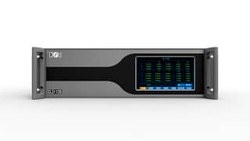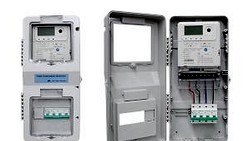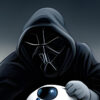In modern households, the monitoring of electricity, water, gas, and heat consumption plays a crucial role in efficient resource management. However, each utility service often employs its own distinct communication channel and protocol for monitoring consumption.
This raises the question:
Should there be a unified communication method and protocol across all resources? In this article, we highlight the pros and cons of unifying the communication method and protocol for household resource monitoring, a topic that sparks a controversial discussion.
Diverse Infrastructure and Specialized Requirements
One argument against unifying the communication protocol stems from the diverse infrastructure and distinct requirements of each resource. Electrical grids, water supply networks, and gas pipelines each have their own intricacies, necessitating communication methods and protocols tailored to their unique characteristics. Attempting to force a unified protocol onto these diverse systems may result in inefficiencies or compromise the accuracy and precision needed for certain resources.
Regulatory Challenges and Interoperability
Another point of contention lies in the existing regulations governing each utility service. Electricity, water, gas, and heat utilities operate under different regulatory frameworks, each stipulating specific standards for communication protocols and data formats. Achieving a unified protocol would require coordination and agreement between regulatory bodies, which may prove challenging. Additionally, achieving interoperability among diverse monitoring systems would necessitate further efforts and investments.

(symbol image, credit Pexels)
Benefits of a Unified Communication Protocol
Despite the challenges, proponents of a unified communication protocol argue that standardization can yield significant advantages. By enabling seamless integration and data sharing between different systems, households can gain a more comprehensive understanding of their resource consumption. This holistic view can aid in identifying patterns, optimizing resource management, and promoting conservation efforts. Moreover, a standardized protocol could simplify the development and implementation of monitoring devices and software, leading to cost reductions and greater accessibility for consumers.
Balancing Standardization and Specialization
Finding the middle ground between standardization and accommodating resource-specific requirements is important. Striving for a partially unified communication protocol could be a viable solution. This approach would involve defining a core set of standards and allowing for modularity to handle resource-specific features. Consequently, the benefits of interoperability and simplified development could be retained while ensuring that the unique needs and complexities of each resource are adequately addressed.
Given the global rise in smart meter adoption, leveraging the existing communication channels for gas, water, and heat through integration into energy meters could be a beneficial proposition. This would involve incorporating related modules into energy meters to facilitate this integration. While some solutions, particularly those utilizing the DLMS protocol, already offer such functionalities, their implementation remains infrequent. It appears that individual service providers prefer maintaining autonomy, presenting various arguments for their stance. However, I view this fragmentation as a missed opportunity that results in unnecessary resource consumption.
Takeaway
The debate surrounding a unified communication protocol for household resource monitoring is complex and multifaceted. While standardization could provide advantages such as interoperability, enhanced resource management, and cost savings, it must be balanced against the diverse infrastructure, regulatory considerations, and specialized requirements of each utility service. Moving forward, an open dialogue involving stakeholders, regulatory bodies, and technology developers can help explore potential solutions that strike the right balance between unification and resource-specific considerations.
Thank you for reading. We invite you to share your thoughts and insights on this topic with us and our readers. Your perspectives and considerations are valuable in furthering the discussion and future developments.
Editor's note: This article was originally published in July 2023 and has been updated for comprehensiveness.





All comments are moderated before being published. Inappropriate or off-topic comments may not be approved.